Helen Chazan | October 17, 2024

Two men, lithe and androgynous. One is in armor, his long, white hair tied into a bun, the other in regal attire, his jet black hair straight and cropped short. The two hold each other and stick their fingers in the other's mouth. The blond looks downcast, dare I say crestfallen, while his partner appears eager, pleased and even amused, staring intently at his mate. The image is erotic and somewhat queasy – I am tempted to imagine the lovers’ spit soaked digits plunging into their respective eye sockets next.
A knight ascends a step, standing proudly as he stares out from under a shining, writhing crown. He seems to have forgotten himself - he holds his sword backwards, his hand tightly gripping the cutting point of the blade. The knight smiles blankly - is he at peace or is he gone? There’s a glorious sensuality to the line, dashes of pen and coloured marker fanning out from the knight’s crown, that recalls the revelation of seeing William Blake’s Lucifer for the first time, but after a while the viewer begins to wonder if the dark slashing murk of ink around the knight’s face are shadows or pooling blood.
My first encounter with Margot Ferrick’s Fromsoft fan art carried a feeling of almost elicit joy – here was the artist of Yours, one of the definitive experimental comics of the 2010s, shifting gears not only to direct representation but to drawings of hot guys from video games. However, revisiting these works in Half Gold/Half Dung, a new collection from Breakdown Press, Ferrick’s calligraphic formalism reasserts itself – images repeat, pages drift from a scene of two NPCs experiencing intimacy to a detail of a brushstroke, penciled captions are erased from panels and hang in the air of an image like a perfectly carved hole, a gaping wound. Desires are recognizable, but unspeakable. Ferrick’s artistic preoccupations – on form eluding definition, on grief and love inseparable from one another – erupt from the page like intrusive thoughts.

Writing about Half Gold/Half Dung presents a problem for myself as a critic – a lot of the meaning of the work in its compiled form is drawn from the context given in Ferrick’s new introduction. Nobody wants to read a few hundred words of a critic agreeing with an artist’s statement (although this is certainly what many of us do), but to avoid these words is to talk around the substance of the very art which they preface. In their introduction, Ferrick relates the illustrations to years in their life following the death of a friend:
We weren’t very close, and in a way I feel like I have no right to mourn her, but her absence feels heavy and cold. Some people have a way of igniting you, even from a distance, and I think she was one of those people.
Ferrick relates these feelings to the construction of their gaming PC and their subsequent time playing the video games Dark Souls and Elden Ring, which go unnamed in their writing just like their late friend. They write about a scripted death “where you’re forced to kill a character – a knight, probably the first person in that world to show you any genuine kindness.” There’s a complicated route in the game which avoids this scripted outcome, and keeps the knight alive, a process which Ferrick arduously follows:
I followed all the steps and walked through the hallway, where you would normally fight him, and found it empty. Somehow, it didn’t feel like a victory.
Death is an event in life that unmakes meaning, unmoors context and leaves the absence of a person. In horror, in narrative, we construct meaningful losses, stories where tragedy has a reason, or at least a resonance. In their Orphic labor to unmake a fictitious death, Ferrick created absence in their gameplay, the real feeling of losing someone. Keeping the knight alive leaves a vast, empty hallway to run across until stamina is lost, regained, and the run continues again. A person lives and stays in your life. A fiction is spared from their story, and you find yourself alone.
Ferrick’s introduction eschews naming characters, people, games, sitting at a lonely remove from stories. As a lazy, selfish critic, I will tear at this facade selectively and selfishly. The game is Dark Souls, the knight is Solaire, who fans lovingly call “Sun Bro” for his object of worship and fraternal demeanor. He is the knight with a shining crown in Ferrick’s illustrations in the second half of Half Gold/Half Dung, the crown a living parasite that forces his death, harvesting his mind as he believes he has finally found his way back to his beloved sunlight and become his own god. In my own playthrough of Dark Souls, I didn’t bother to prevent Solaire’s death. The way it played out was rather farcical – Solaire ranted at me while running into corners of the awkwardly spacious map while jabbing at air as Sunlight Maggots hopped around like blind frogs, the struggling lock-on camera craning to a random bird’s eye view that made my character and he look pathetically tiny, fussing about like children learning to dance. I jabbed him twice with my overpowered halberd and it was over. The narrative event was emotional for so long as I was invested in its moment, but the reality of the gameplay was one of silly and fumbling physicality like so much casual sex. But Ferrick is not dealing in reality but longing, absence, erotic imagination. Their crazed knight in the moments before his death is beautiful, elusive, powerful, profoundly just eluding reach. Like Praxiteles’ Aphrodite in the moments before her rapture, Ferrick’s Solaire is vulnerable but absolutely beyond the viewer’s reach. Solaire stands mad and proud before his demise, but you stand alone, in the darkness of a yawning stairwell, unable to touch his radiant light.

The illustrations in Half Gold/Half Dung bear eroticism and tragedy in the same line. Ferrick delights in lifting the heavy helms of non-playable knights to find beautiful men smirking beneath, crying, trembling. The only straightforwardly sequential narrative in the collection depicts Solaire, who Ferrick admits to having given “the face of someone I love,” remembering tastes and senses of past times – sunlight, a boiling pot, dripping water collected from a stream. Blood oozes from his lips, from his foot, he gathers himself in a place that a reader familiar with the game will recognize, and realize that they never saw him there. In one panel, we see knights in Solaire’s armor, reclining in a field. It’s a life, an interiority, that you never see, and never will see – like most characters in Fromsoft games, Solaire generally appears to the player standing or resting, alone, recalling briefly through dialogue events long past. You will never know his life, you will never peel back his armor, you will never fully peer into his heart. This story of mysterious introspection, a brief penetration into interiority which entertainment software does not allow, is as erotic as any fan fiction.

The appropriated video game characters of Half Gold/Half Dung take on an imaginary, longed-for masculinity. As in Boy’s Love or in slashfic, these beautiful, androgynous men exist in a world without women and reveal a tenderness – the inner feminine, inner lover, inner pansy or sadist – that can only be shown when only men are around, or perhaps more accurately, can only be shown when you aren’t there. This is as much a book about sex or sexual desire as it is about specific video games, which is to say, at its core, it is not about that, but those trappings are in no way superficial. (Homo)eroticism and videogame fanart are the proxy subject, the medium that leads us to the message about death, about atrophy, about absence. “This book is dedicated to no one,” Ferrick writes, “because no one is there anymore.” Half Gold/Half Dung dwells in this desolate place without people, at the end of the process of wishing someone who is gone were with you, at the end of combing through item descriptions to piece together a story that’s already over, at the end of exploring desire to its limit and putting in all of the work to save someone who ceases to exist. The beauty of memories, the beauty of their passing. What can love be if not the shared desire for tragedy to mean something?



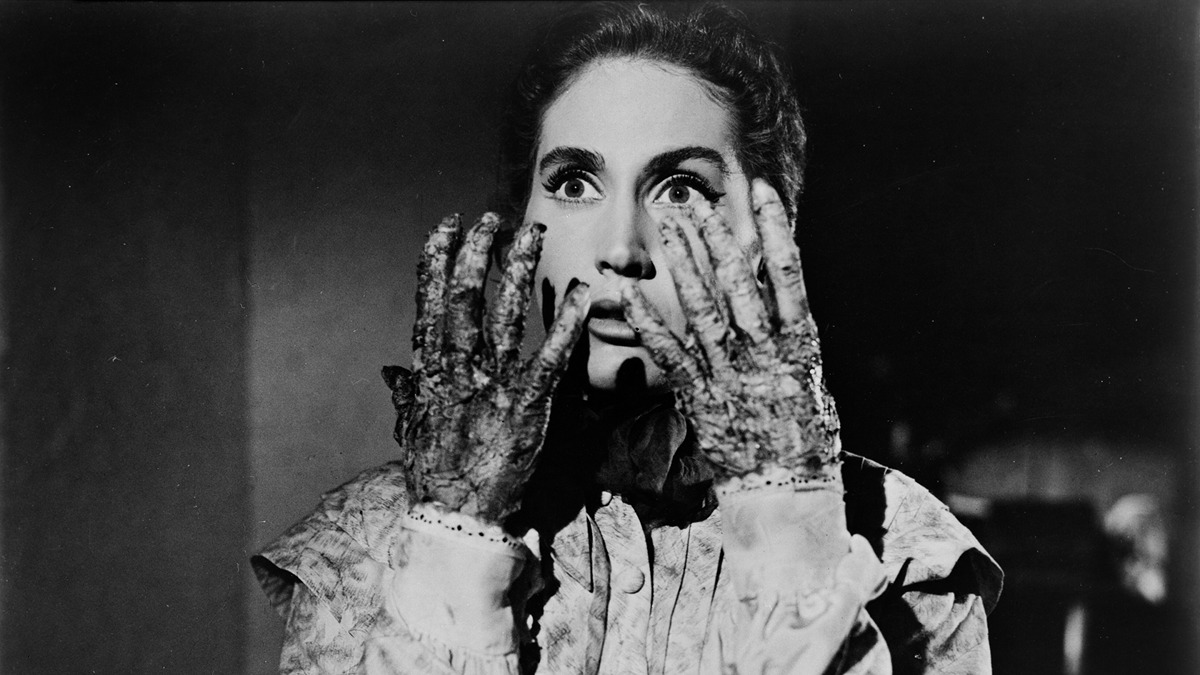
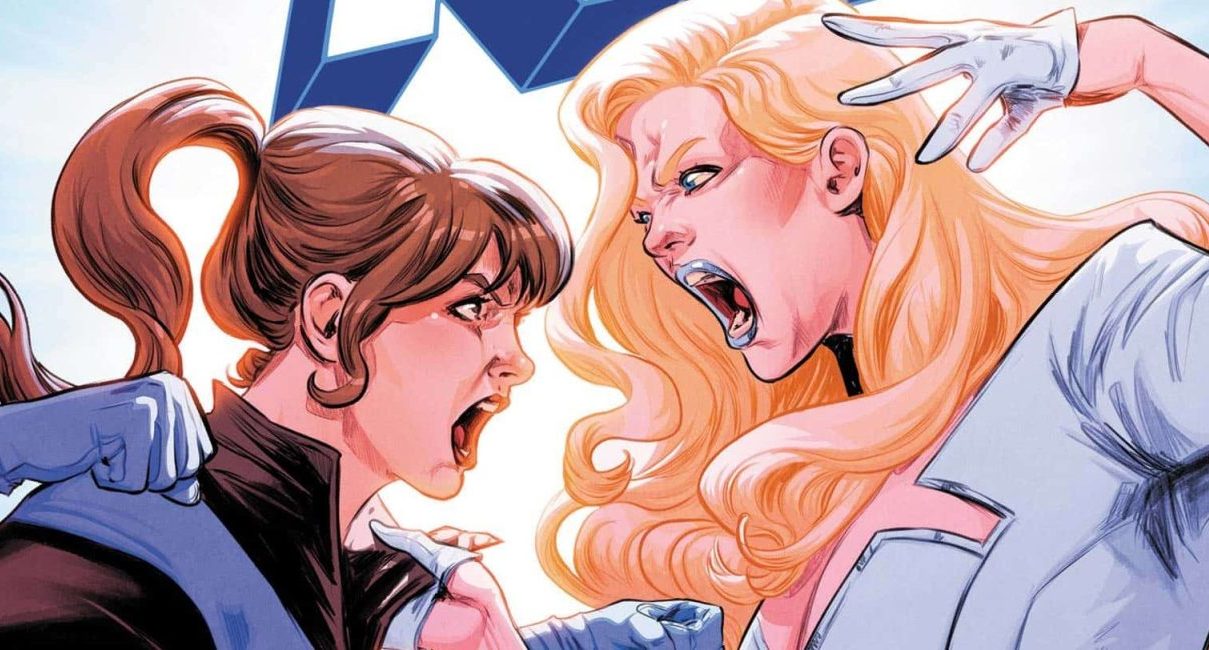
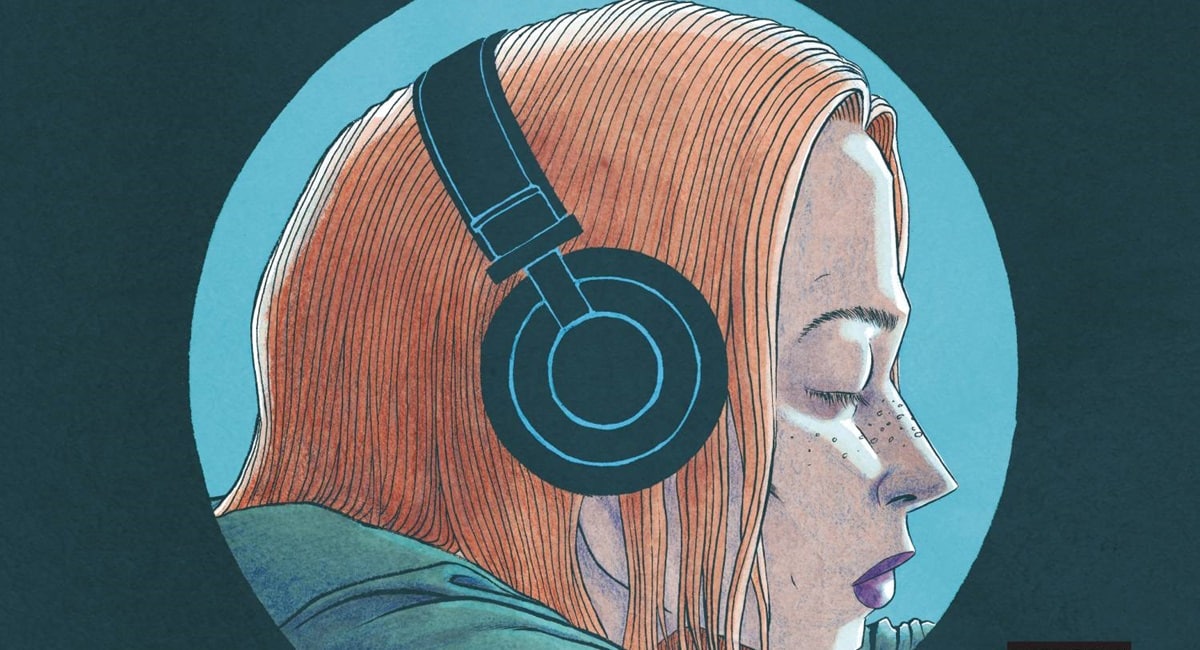
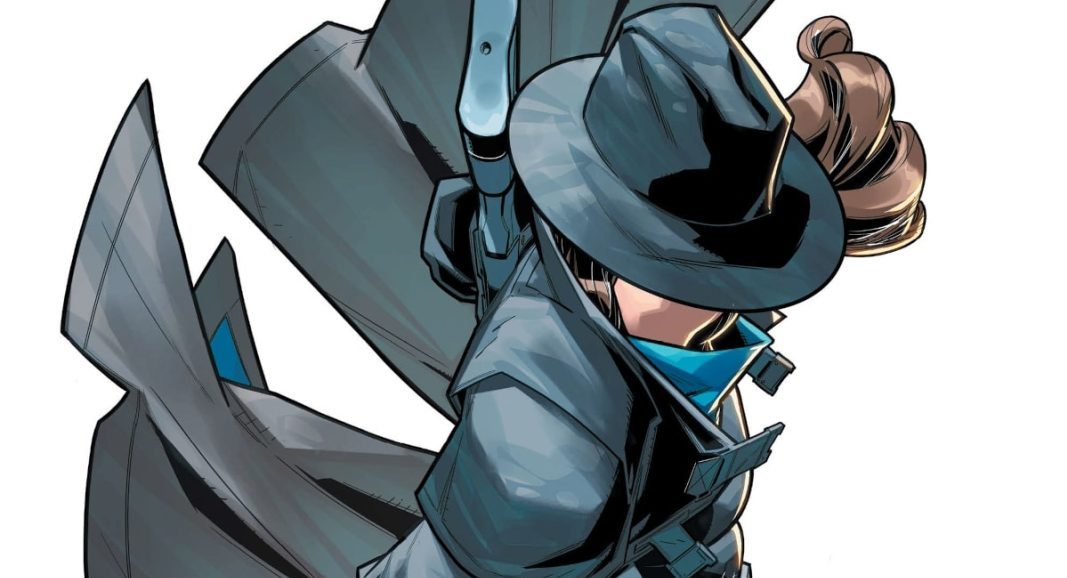
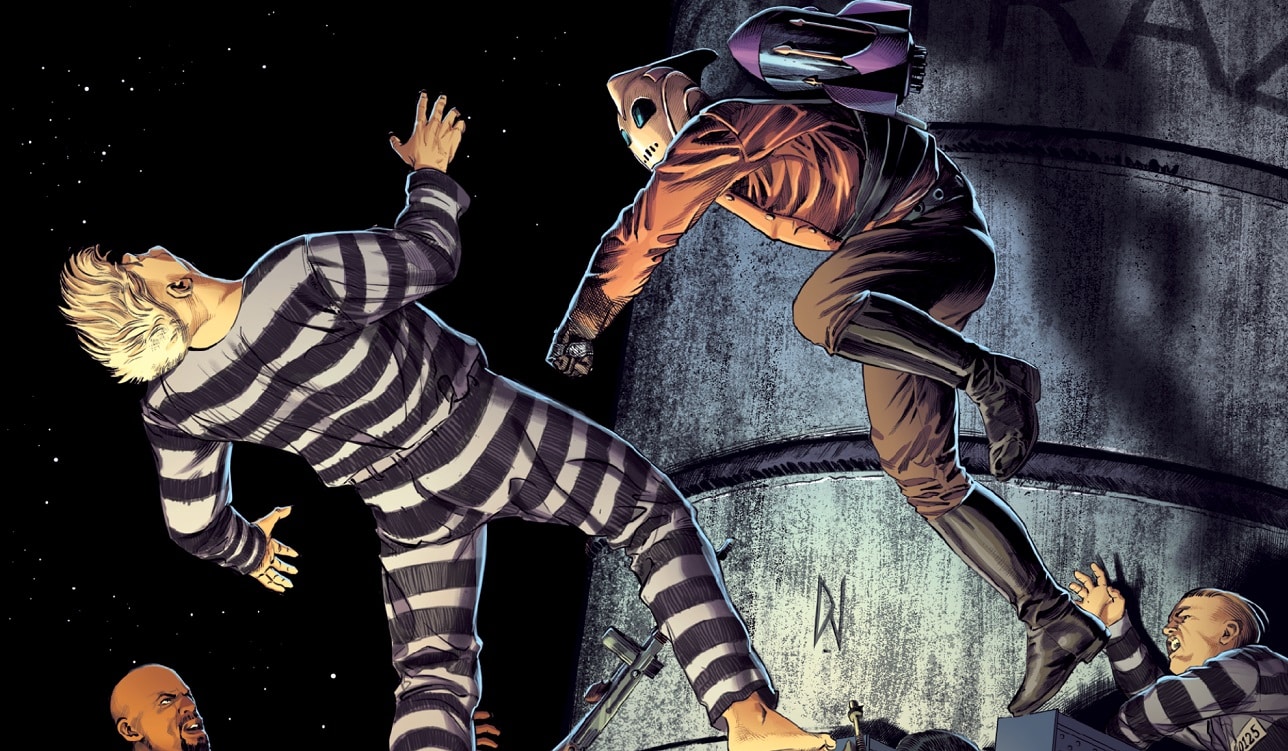












 English (US) ·
English (US) ·